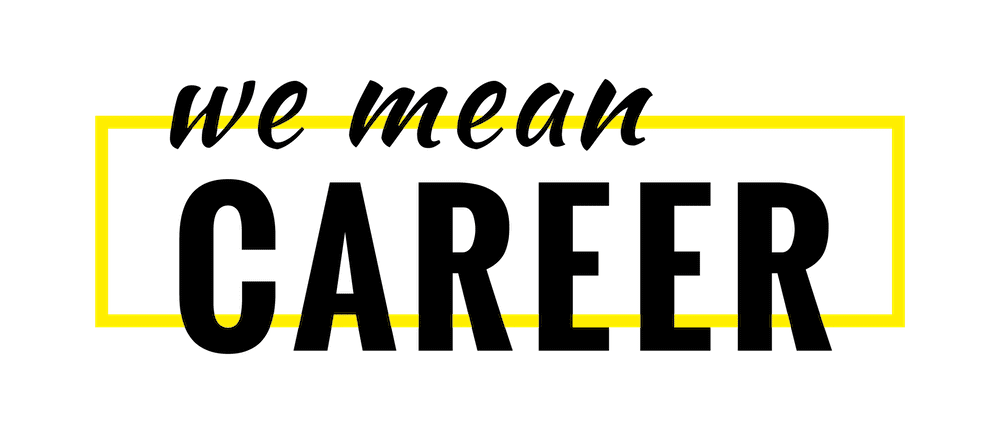HOW TO CREATE A COVER LETTER
With a traditional cover letter, you have more room to show your confidence that you’re the best person for the job along with your passion for the work. You also get to show the company what you can offer.
So, what factors do recruiters value most when assessing candidates? A Jobvite survey identified culture fit and a candidate’s previous job experience as the most important factors for recruiters. What exactly does culture fit mean? It’s when the job seeker’s beliefs, behaviors, and values align with the employer’s core values and culture. Your cover letter is the perfect place to address job experience and culture fit. These guidelines will walk you through how to create a cover letter that makes it evident to recruiters and employers that you have many of the values, skills, experiences, and qualities that they are seeking.

What to include in a cover letter
- Date and contact information
- Opening paragraph with a greeting
- Body сontent
- Reasons you’re a good fit
- Proof you’ve researched the company
- Availability
- Closing paragraph
- Signature
Design & Format Basics
In addition to selecting great content to include in a cover letter, you need to format it in a way that makes it easy for the hiring manager to read.
Here are some basic cover letter design and format guidelines:
- Font: Use one standard font like Arial, Calibri, or Sans Serif
- Font Size: Use 10-12 font size.
- Length: Limit to one page.
- Spacing: Make single-spaced and add a space between each section.
- Indentations: Don’t indent any of your paragraphs.
- Margins: Set between .75 and 1 inch.
- Typographical Emphasis: Avoid it including bold, italics, underlining, capitalization, and color.
- Bullets and Graphics: Avoid.
- Numbers and Percentages: Include them throughout to quantify your work. Spell out numbers one through nine, and write 10 and higher.
- File Name: Include first name, last name, and cover letter. E.g., ViktoriaBacher.docx.
- Header and Footer: Do not add information here.
- Paper: Use 8.5” X 11” white paper.
- Format: Create your cover letter in Microsoft Word, and share it with recruiters and hiring managers as an attachment.
Let’s take a closer look at the design of a cover letter. We’ll talk about the cover letter in four parts, starting with the header.
Your Name
Your Address
Your City, State, Zip Code
Your Phone Number
Your Email Address
Date
Hiring Manager Name
Company Name
Company Address
Company City, State, Zip Code
Subject: Application for [Your Name]
Introduction
Dear [First Name Last Name] [Mr./Ms. Last Name],
Introduce yourself and explain why you are applying for the job. Tailor this paragraph once you know the specific job. Tell why you are excited about the job and company and how it aligns with your career goals. Mention your referral and mutual contact with the hiring manager, if applicable.
Body
Introduce your most relevant experience and talk about the specific qualifications and skills that make you the perfect candidate. Make a connection between your previous accomplishments and your readiness for the role. You can also express technical and behavioral skills you would bring. Pick one to three transferable qualities you have that you could apply in the new role and share an example that demonstrates your expertise in that area. This content can take up two paragraphs.
Closing
Now let’s take a look at how you can conclude your letter. Reiterate what you can do for the company or clarify anything that may be a red flag in your resume. For example, you may explain a gap in your employment history or why you are applying for a job that differs from your prior experience. (Only clarify if you think you won’t get an invitation for an interview without an explanation because it’s usually most effective to discuss these topics in person.) Thank the reader for their time and consideration and include an action statement to continue to the next stage of the hiring process. Explain your availability and how the employer can reach you. Mention your resume is attached.
Closing,
First Name Last Name
Once you have added your personal information to the cover letter template, delete all brackets.
Style
Now, let’s look at the cover letter writing style. There are some style elements you should adhere to in all cases. You should always:
- Write in the first person.
- Keep your message concise, avoiding long and winding sentences.
- Write in a way that sounds natural and fluid.
- Vary your word choice and sentence structure.
- Correctly capitalize titles and company names.
You do have some freedom in other style elements within your cover letter. For example, you can choose to use the Oxford comma. No matter what writing style you select, be consistent with it to help recruiters and potential employers easily read your cover letter.
What to Exclude
Space is a precious commodity on your cover letter, so you’ll want to exclude many items that would be perceived negatively or are not as important as other material. Don’t include:
- Salary requirements or expectations unless asked for by the employer
- Negative comments about a former or present employer
- Information not related to the job
- Qualifications you don’t have
- Indications the position is a stepping stone
- Personal Information such as age, family, hobbies, or personal interests that are unrelated to your career
- What you want or don’t want (Leave this until the interview stage)
- Inappropriate language and tone: Overly flattering, overwhelmingly interested, informal, or overly modest, too formal, unnatural sounding, excessively confident
- Many buzzwords or too many occurrences of the same word. The first person singular pronoun “I” is a common culprit.
Each time you send out your cover letter, you will tailor it to tell why you are excited about the job and company, show how it aligns with your career goals, and present your most relevant experience and specific qualifications for the role, all the while incorporating keywords from the job description.
Addressing Your Cover Letter
Likewise, you should update to whom the letter is addressed, which should be a hiring manager or other person in the company as specified, but never a recruiter. While Mr. or Ms. Last Name is typically suitable, be sure to show respect where it’s due by addressing a person with their title before their last name. (Keep in mind the term last name is synonymous with family name and surname). You may use abbreviations followed by a period such as Dr. for a person who holds a Ph.D., Prof. for a professor, Rev. for a reverend, or Sgt. for a sergeant followed by their last name.
It’s likely you will face a dilemma. While you need to address your letter to a person so that it captures the attention of the right person, it is not always easy to determine what name you should use since employers often do not provide the hiring manager’s name on job descriptions. If you face this situation, it is necessary to investigate to whom you should address your letter. Here are some tips on how to find this information. First, try emailing or calling the company to politely ask for the name of the hiring manager for the position. The receptionist, HR representative, or someone you know who works there may be able to provide you with this information. If this approach doesn’t work, you can search online. Many companies list the position to which you would be reporting to such as “Product Development Manager.” If you have this information, search for this title on the company website in places such as the about page, company directory, and contact us. Alternatively, you can search for the name on LinkedIn or another professional online site.
If You Don’t Know the Name or Gender
It’s possible your investigation won’t turn up a name.
- If you’re in this situation, do not use the old fashioned and generic line “To Whom it May Concern” or “Dear Sir or Madam.”
- Instead, you can address your letter to a high-level department head. Alternatively, you may do your best to address it to your audience by writing a title, department, or committee such as “Dear Sales Team Manager,” “Dear Hiring Manager,” “Dear Sales Department,” or “Dear Sales Support Role Search Committee.”
- In other cases, you may know the name of the person you should address the letter to, but it is not clear if the person is male or female, such as with the name Taylor. Try to determine the gender by searching for the person on the company’s website and LinkedIn. If that doesn’t work, call the company’s administrative assistant to ask for the gender.
- If you are still unable to find the gender of the person, do not include a title and directly write their full name. For example, “Dear Taylor Garcia.”



